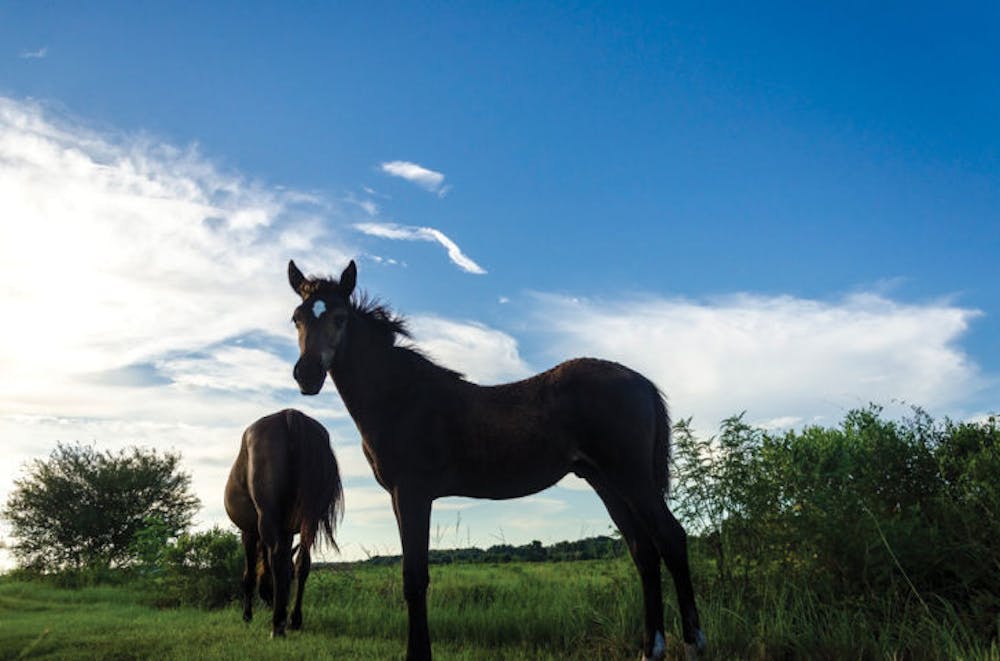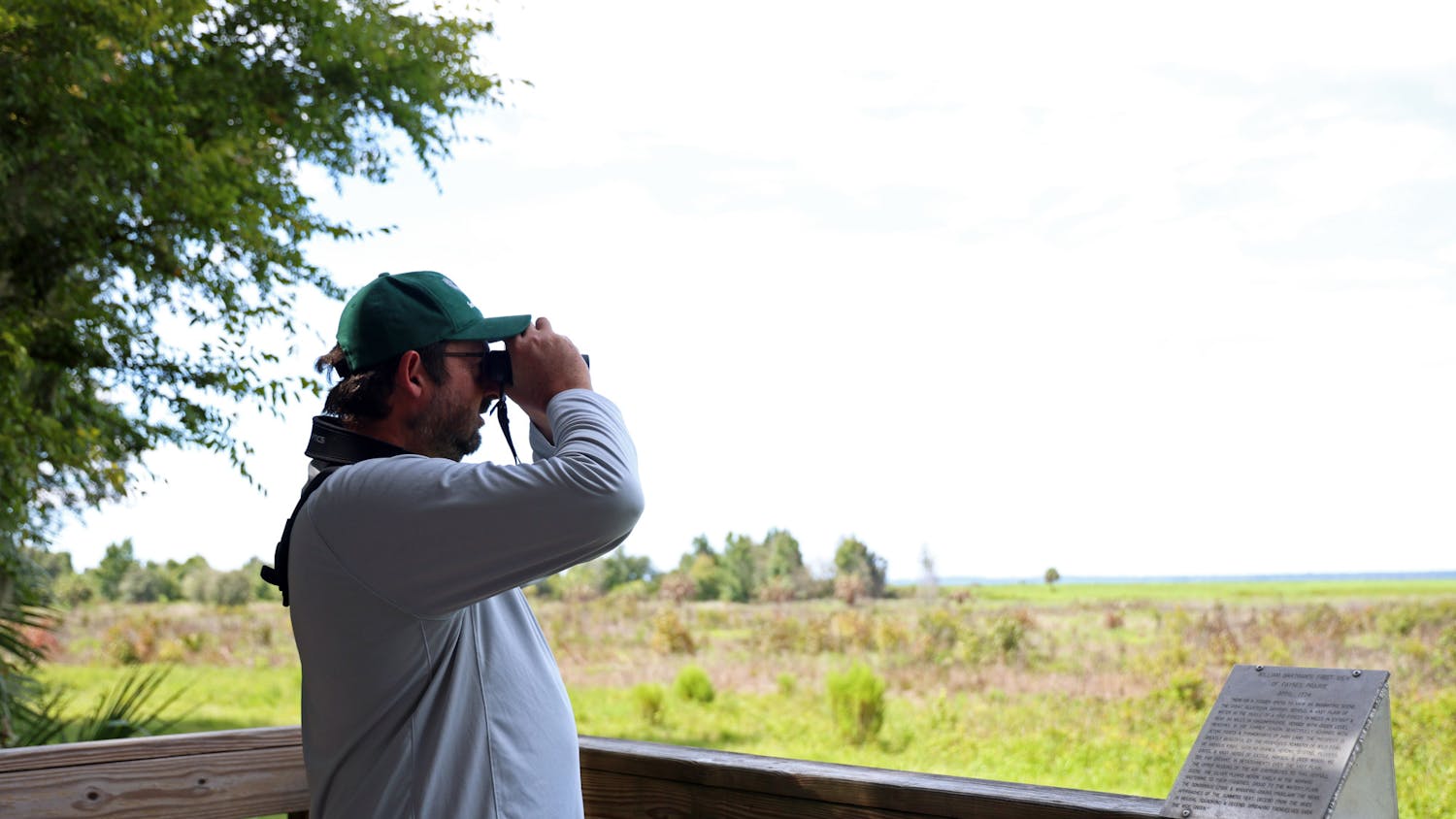A recent study co-researched by UF professor Madan Oli estimates that caring for wild horses could cost taxpayers about $1 billion by 2030.
Oli, a professor in the wildlife ecology and conservation department, was chosen by a national committee to study the issue. He said there are about 33,000 wild horses roaming the western U.S., and 45,000 more have been removed by the government.
“The law requires them to get rid of these horses,” Oli said. “But then the question is, what do you do with them?”
The law says the excess horses must be euthanized in “the most humane and cost-effective way possible,” he said. But because of public pressure, most of these horses go to long-term holding facilities owned by private ranchers.
“It’s almost like heaven for them,” Oli said. “They’re used to dry Midwest land, and then all of a sudden, they’re in a place with a lot of forest, a lot of water and veterinary care.”
Ranchers are paid to care for these horses until their natural death, said Oli. Most of the horses are rounded up at the average age of 7 and live until they are about 30 years old.
The UF study showed that the Bureau of Land Management pays the ranchers an estimated $1,000 per horse; per year, which quickly adds up, he said. However, in Gainesville, the money spent on the Paynes Prairie horses represents a “very minimal” section of the park’s budget, said park manager David Jowers.
“They are treated just like the deer and the other wildlife that’s out there,” he said. “They’re basically on their own.”
Jowers said there are about 40 horses on Paynes Prairie, and their population is kept in check through occasional neutering. In the Midwest, it’s a different story. In an effort to reduce the horse population, the bureau has turned to contraceptive vaccines made from pig stomachs.
“What’s expensive and complicated about that is the delivery,” said Oli. “You have to round up all the horses and hand inject it.”
Adding to the difficulty, the horse population in the wild triples every eight years, he said.
Even in Paynes Prairie, the population is still climbing, Jowers said.
“I think they’re probably slowly increasing,” he said. “They are still reproducing but not at the rate at which they would be if we had not reduced their reproductive capacity.”
A version of this story ran on page 8 on 9/4/2013 under the headline "Wild horse care costing taxpayers"
According to a report co-researched by UF professor Madan Oli on a national committee, wild horses like these ones photographed on Paynes Prairie could cost United States taxpayers about $1 billion by 2030 if federal management approaches don’t change.






